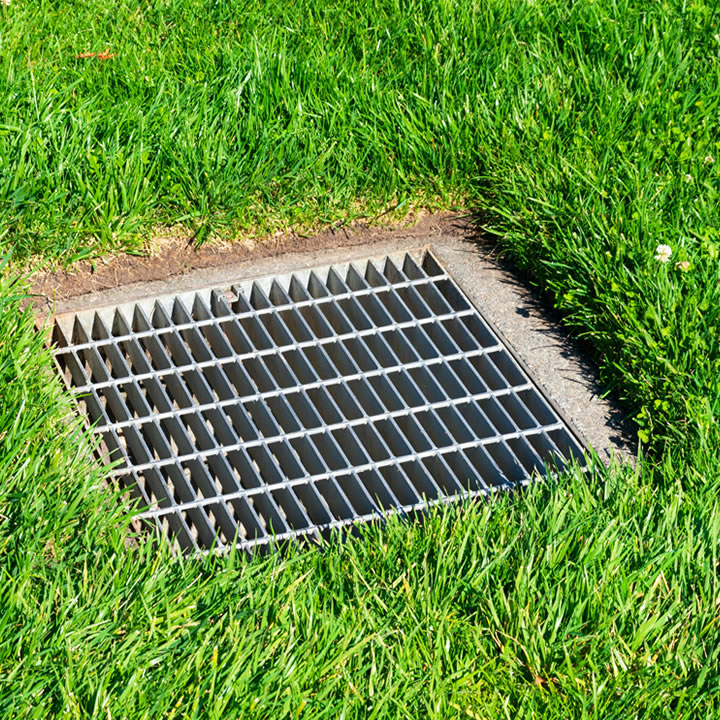Dry wells are a practical and cost-effective solution to manage excess stormwater runoff in urban and suburban areas.
A dry well is a subsurface structure that is designed to collect and infiltrate stormwater runoff from impervious surfaces such as roofs, driveways, and parking lots. In this blog post, we will explore what dry wells are, how they work, and the benefits of using them.
What is Dry Wells?
A dry well is an underground structure that is typically made of a perforated plastic or concrete chamber or a perforated pipe system. The chamber or pipe system is surrounded by layers of crushed stone or gravel, which act as a filter bed to remove pollutants from the stormwater runoff.
The bottom of the dry well is typically lined with a layer of geotextile fabric, which prevents soil particles from clogging the filter bed and allows water to infiltrate into the soil.
How Do Dry Wells Work?
Dry wells work by collecting stormwater runoff from impervious surfaces and allowing it to slowly infiltrate into the soil.
As stormwater runoff flows into the dry well, it is filtered by the gravel or crushed stone filter bed, which removes pollutants and debris from the water. The water then slowly infiltrates into the soil, where it is naturally treated and recharged into the groundwater.
Benefits of Using Dry Wells
There are several benefits of using dry wells to manage stormwater runoff:
- Cost-effective: Dry wells are relatively inexpensive compared to other stormwater management techniques such as retention ponds or wetlands.
- Space-saving: Dry wells take up less space than retention ponds or wetlands, making them ideal for urban and suburban areas where space is limited.
- Reduced flooding: Dry wells reduce the amount of stormwater runoff that flows into streams and rivers, which can help reduce flooding during heavy rain events.
- Improved water quality: Dry wells remove pollutants from stormwater runoff, which can improve the water quality of streams and rivers.
- Recharge groundwater: Dry wells allow stormwater runoff to infiltrate into the soil, which can help recharge groundwater supplies.
- Low maintenance: Dry wells require minimal maintenance once they are installed, making them a low-maintenance stormwater management option.
Dry wells are an effective and efficient way to manage stormwater runoff in urban and suburban areas. They offer numerous benefits, including cost-effectiveness, space-saving, reduced flooding, improved water quality, and recharged groundwater.
Additionally, dry wells are relatively easy to install, require minimal maintenance, and can be customized to fit the specific needs of a property.
However, it is important to note that dry wells may not be suitable for all properties or all stormwater management needs.
Before installing a dry well, it is crucial to consult with a professional who can evaluate the property’s soil type, water table, and other relevant factors to ensure that the dry well is designed and installed properly.
Furthermore, while dry wells can significantly reduce stormwater runoff and improve water quality, they are not a stand-alone solution to stormwater management.
It is essential to use multiple strategies, including low-impact development techniques, green infrastructure, and rainwater harvesting, to effectively manage stormwater runoff and reduce the negative impacts of urbanization on the environment.
In summary, dry wells are a valuable tool in managing stormwater runoff, providing benefits such as cost-effectiveness, space-saving, reduced flooding, improved water quality, and recharged groundwater.
However, it is crucial to work with a professional to determine the most appropriate stormwater management strategy for a property and to use a combination of techniques to minimize the negative impact of urbanization on the environment.

